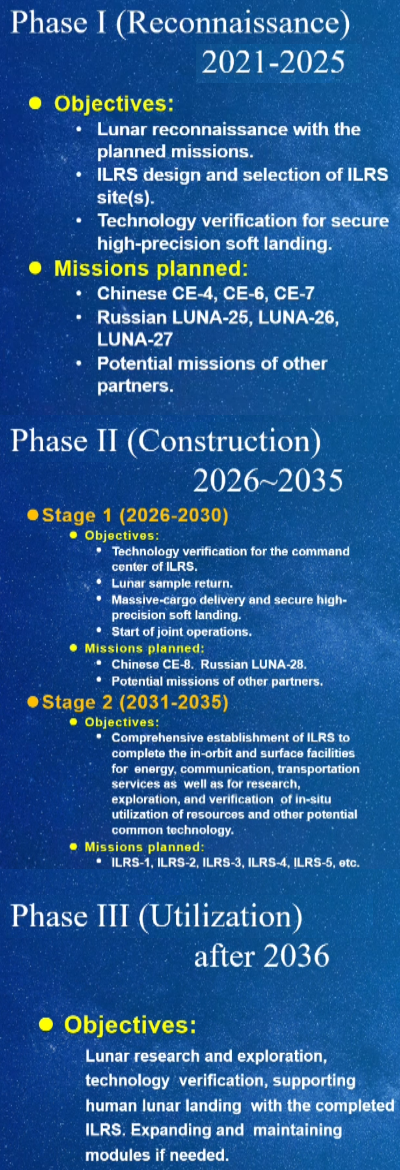April 18, 2025 Quick space links
Courtesy of BtB’s stringer Jay. This post is also an open thread. I welcome my readers to post any comments or additional links relating to any space issues, even if unrelated to the links below.
- The military has a reason for delaying the next Atlas-5 launch but it won’t tell us why
Essentially there appears to be some military-relating scheduling conflict at Cape Canaveral that has caused ULA to hold up the first Atlas-5 launch of Amazon’s Kuiper satellites.
- An exoplanet has been discovered circling binary star system with an orbit tilted 90 degrees to their orbit
As Jay notes, “Nice visualization of the orbits of this system.” Jay also adds that the system is “…120 light years away in the constellation Libra, and it is not just a binary system, it is a triple system with 2M1510C and possible sighting of a fourth brown dwarf to make it a quadruple system.”
- Cute artwork on the elevator doors in a building at the Johnson Space Center
This graphic of Starliner routinely docks more reliably than the real thing.
- Zhuque-2 and Zhuque-3 rockets of the Chinese pseudo-company Landspace on the factory floor.
Zhuque-2 was the first methane-fueled rocket to reach orbit. Zhuque-3 is a Falcon-9 copycat that the company hopes to launch for the first time this year. Later upgrades will have a reusable first stage.
- Video of China’s next manned rocket launch rolling to the launchpad
Launch is scheduled for April 24, 2025.
- Rumors abound concerning China’s program to send humans to the Moon
Nothing concrete, except the rumors imply both delays along with attempts to accelerate the schedule.
- Indian rocket startup Skyroot touts the successfully 200 second static fire test of the engine for use on its Vikram-1 rocket’s fourth stage
The company has completed engine tests for most of this rocket’s engines, but there is no word when it will attempt a first launch.
Courtesy of BtB’s stringer Jay. This post is also an open thread. I welcome my readers to post any comments or additional links relating to any space issues, even if unrelated to the links below.
- The military has a reason for delaying the next Atlas-5 launch but it won’t tell us why
Essentially there appears to be some military-relating scheduling conflict at Cape Canaveral that has caused ULA to hold up the first Atlas-5 launch of Amazon’s Kuiper satellites.
- An exoplanet has been discovered circling binary star system with an orbit tilted 90 degrees to their orbit
As Jay notes, “Nice visualization of the orbits of this system.” Jay also adds that the system is “…120 light years away in the constellation Libra, and it is not just a binary system, it is a triple system with 2M1510C and possible sighting of a fourth brown dwarf to make it a quadruple system.”
- Cute artwork on the elevator doors in a building at the Johnson Space Center
This graphic of Starliner routinely docks more reliably than the real thing.
- Zhuque-2 and Zhuque-3 rockets of the Chinese pseudo-company Landspace on the factory floor.
Zhuque-2 was the first methane-fueled rocket to reach orbit. Zhuque-3 is a Falcon-9 copycat that the company hopes to launch for the first time this year. Later upgrades will have a reusable first stage.
- Video of China’s next manned rocket launch rolling to the launchpad
Launch is scheduled for April 24, 2025.
- Rumors abound concerning China’s program to send humans to the Moon
Nothing concrete, except the rumors imply both delays along with attempts to accelerate the schedule.
- Indian rocket startup Skyroot touts the successfully 200 second static fire test of the engine for use on its Vikram-1 rocket’s fourth stage
The company has completed engine tests for most of this rocket’s engines, but there is no word when it will attempt a first launch.















